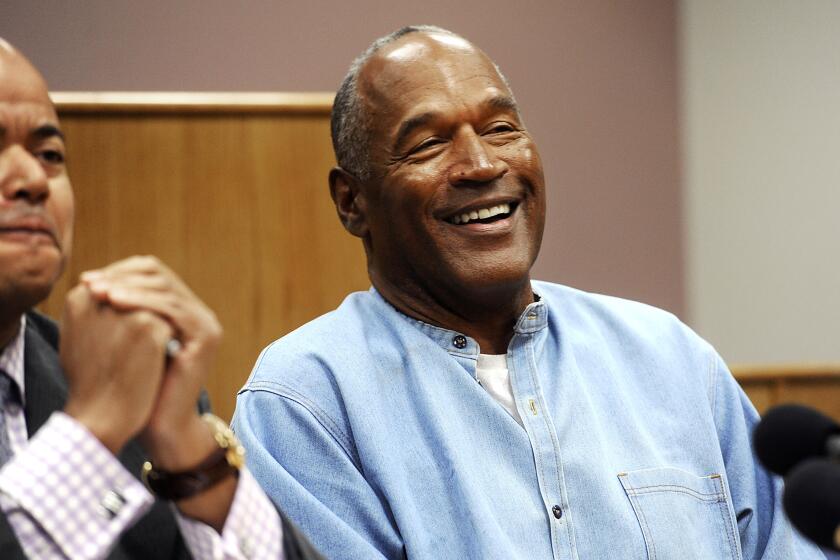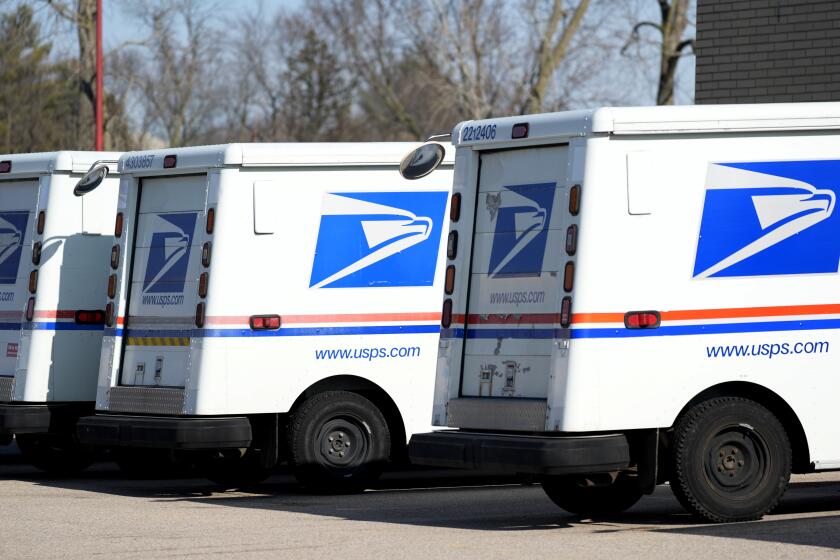Pearl Harbor veterans recall infamous attack
Pete Limon remembers munching on an apple on the morning of Dec. 7, 1941, when he looked up and saw funny-looking planes flying overhead.
Suddenly the bombs started falling.
FOR THE RECORD:
Pearl Harbor: An article in Sunday’s Section A about veterans’ recollections of Dec. 7, 1941, said the light cruiser Detroit was dry-docked during the Pearl Harbor attack. It was in the harbor at the time of the attack and immediately afterward sailed out to sea to hunt for the retiring Japanese carrier force. —
“You can’t imagine that the [Japanese] would do this; we’re not at war,” recalled Limon, who was 17 at the time and served as a radioman on the seaplane tender Swan at Pearl Harbor, Hawaii.
The San Juan Capistrano resident, now 85, is one of the few survivors of the infamous attack at the Navy base who is still living.
In the early 1960s, the Pearl Harbor Survivors Assn. boasted as many as 20,000 members. That number has dwindled to just 3,000, with about a third of those living in California, said Arthur Herriford, president of the association.
“Considering the age group, we’re vanishing rapidly,” said Herriford, 87, who is traveling to Hawaii today to attend memorial services marking the 68th anniversary of the day President Roosevelt declared would “live in infamy.”
For veterans such as Herriford and Limon, the Pearl Harbor attack, which prompted the United States to enter World War II, was a defining moment.
“It was the night I heard sailors cry,” Limon said.
At the time, Herriford said, he was aboard the light cruiser Detroit, which was dry-docked about half a mile from the battleships that that were among the first targeted. He saw the battleship Arizona explode, then sink.
“Even to this day, it’s hard to conceive that in a snap of a finger, 1,177 lives were wiped out,” Herriford said during an interview at his Sherman Oaks home last week.
He hadn’t been sure he was going to make it out alive, either.
“We thought it was a one-way trip,” said Herriford, who occasionally wears his white Navy hat embroidered in blue with the words “Pearl Harbor Survivors.”
He also treasures a photo of the Hawaii harbor taken just before the attack -- a time when he was sitting down to a bowl of cornflakes.
“I never got a bite,” he said.
Some veterans, such as Joe Soto of Rosemead, surround themselves with memories of the time. Soto’s tiny apartment is a mini-museum, crammed with photo albums, letters and postcards from friends in the service.
On his wall hangs the side of a cloth suitcase with all the locations Soto was stationed at written in black marker -- Bora Bora, Tulagi, Brisbane and New Guinea, to name a few.
His Purple Heart medal, from a head injury, is pinned on his old navy blue Marines shirt. His fleece comforter is emblazoned with the Marines insignia.
A copy of the Dec. 7, 1941, Honolulu Star-Bulletin hangs on the wall, as does a photo of the New Orleans, the heavy cruiser on which Soto served.
Soto doesn’t recall many specifics of the Pearl Harbor attack, but he does remember his love for his comrades.
He pointed to a picture of several friends whom he served with who have since passed away.
“He’s gone,” Soto said, pointing to one, and then another. “She’s gone.”
A postcard in one scrapbook is written in neat cursive. It is addressed to Soto from the wife of Marine John Cartwright, who died Dec. 30, 1987.
“He sure did enjoy your letters and phone calls,” it says.
More to Read
Start your day right
Sign up for Essential California for news, features and recommendations from the L.A. Times and beyond in your inbox six days a week.
You may occasionally receive promotional content from the Los Angeles Times.







